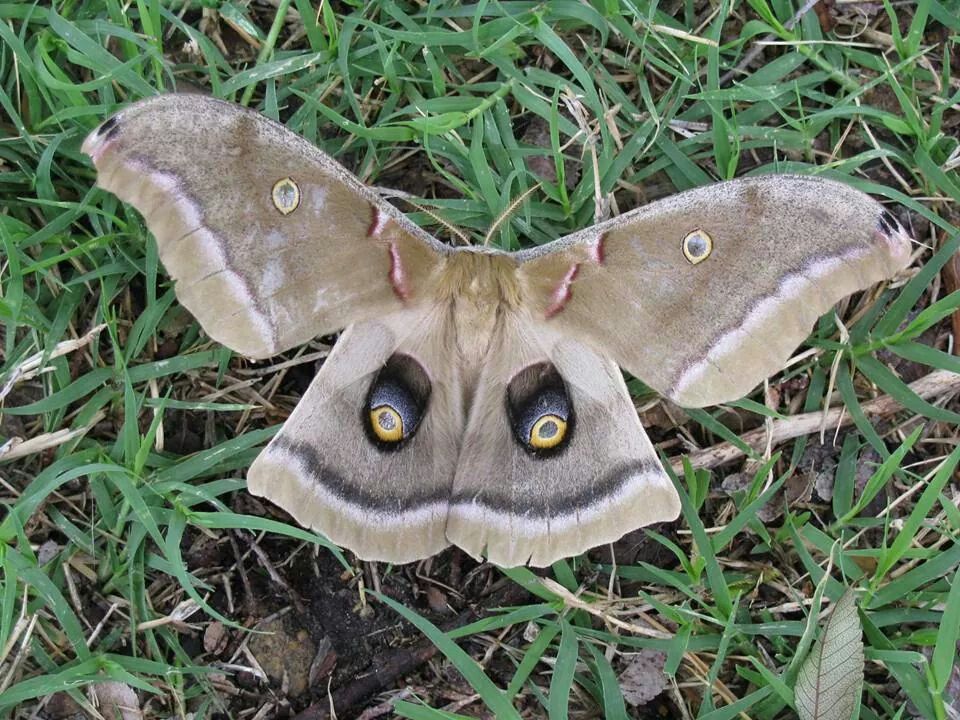Get To Know Your Pollinators

When you hear the word “pollinator,” what’s the first thing that comes to mind?
Bees? Butterflies?
How about birds, bats, or beetles?
You’d be surprised to know that there are several types of pollinators that help us grow your food here at Rommey Farms.
Pollinators are defined as : any animal that moves pollen from the male anther of a flower to the female stigma of a flower. This helps to bring about fertilization of the ovules in the flower by the male gametes from the pollen grains. Pollinators can include insects such as bees and wasps, but also encompass large mammals, birds, and reptiles such as hummingbirds, lemurs, and even lizards.
In this blog post we’ll highlight some of the more common pollinators you’ll find here at Rommey Farms that aid in our growing process and ultimately help get food to your table.
Birds & Bats
According to the USDA National Conservation Service, hummingbirds are the most common avian pollinators in the continental United States. These tiny wonders prefer tubular flowers in bright warm colors - especially red. Recently, while Shannon and Dan McPartland were out touring our farm, they met up with one of the hummingbirds that visit the east high tunnel regularly.
Bats also appear on our farm, although less frequently than hummingbirds. The pollination of plants by bats is called chiropterophily and over 500 plant species rely on bats to pollinate their flowers. Plants pollinated by bats often have pale nocturnal flowers and are typically large and bell-shaped. Three prevalent species in Kansas include the Big Brown Bat, the Little Brown Bat, and the Evening Bat.

Ruby-throated hummingbird

Bats act as pollinators and natural pest control
Butterflies and Moths
This category of pollinators includes nectar-seeking butterflies, which are daytime garden visitors, and moths, which are their nocturnal counterpart. These popular creatures pollinate many plants. Because the adult and juvenile forms of butterflies and moths do not eat the same food, it is necessary for an ecosystem, both wild and managed, to contain both nectar and host plants. By ensuring the presence of host plants in an area, the adult moth or butterfly will be able to lay her eggs on the appropriate plants for the eggs to hatch and the larvae to feed. Without these host plants adult moths and butterflies may not be present even if the nectar plants are available. We have Lunar Moths and many types of butterflies that visit our garden.


Beetles
There are thousands of beetle species. In fact, 40% of all insects are beetles. They were among the first insects to visit flowers and they remain essential pollinators today. Flies, dragonflies, and other insects are also among the most common visitors to our tunnels.
Bees and Wasps
The U.S. is home to 4,000 species of native bees. Bees love to feed on our flowering plants such as Salvia, Zinnias, Bachelor Buttons, Nasturtiums, Lisanthus, Stock, Celosia and Snapdragons, and the many blooms throughout our vegetable garden. Unlike other pollinators that can feed on multiple food sources, bees only eat pollen and nectar. The National Resource Conservation Service states that there is evidence of population declines of bees, not only in the United States, but around the world. This has prompted scientists to encourage changes in ecosystem management.
Here at our farm we have two honey bee hives located in the southeast corner of our vegetable garden. We use drip irrigation and I commonly find bees when I’m working around our plants getting their water from the lines. Our 2020 hives are strong and the queens are hard workers.
Did you know…
Honey bees communicate by dancing! Check out this video for some cool information on why and how bees "talk" to each other.
Wasps are an important part of our garden as, not only pollinators, but beneficial insects that pray on bugs that would otherwise damage crops and flowers in the garden. Aphidius colemani is an amazing parasitic wasp that stings its aphid victim and lay its egg right inside the aphid where it later hatches, feeds on more aphids, and lays its own eggs, continuing the cycle.
Pollinators are a vital segment of our ecosystem here at Rommey Farms and we are thankful for the roll they play in sustainable agriculture.
Are you interested in attracting more pollinators to your garden? Check out this PDF for the best Kansas native plants to attract pollinators.
